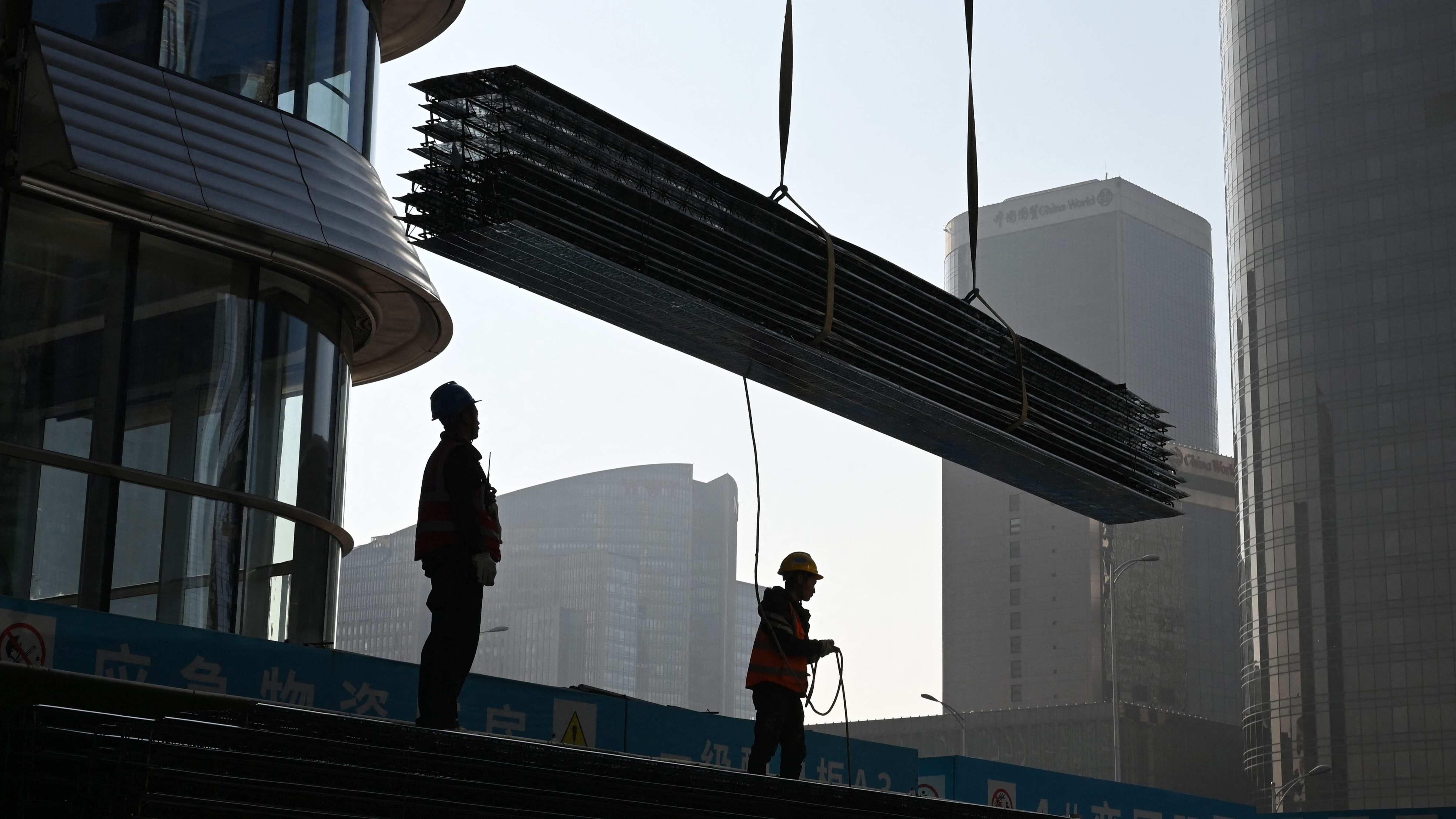Central Anatolia’s ‘evil eye talisman’ Lake Meke dries out up to 99 percent
KONYA

The lake located almost 1,000 meters above the sea level is considered a protected area under the Ramsar Convention on Wetlands.
Lake Meke, a volcanic lake commonly known as the “evil eye talisman” of Central Anatolia for the rarity of such lakes in Turkey and its one of a kind beauty, has dried out up to 99 percent, experts have said.Salt deposits have developed on the lake, turning the remaining waters crimson-red, as experts warned that the lake was on the brink of extinction.
Geologist Fethullah Arık said the lake located in the province of Konya could no longer be fed by the underground waters, as the aquifers in the Konya Basin have also dried out.
“Lake Meke is suffering from the increasing drought and over-consumption of the aquifers. It has been endangered for a few years and is now on the brink of death,” said Arık, adding that the lake’s only hope was rainfall.
Arık explained that the red color was the result of microorganisms formed due to the salinization, itself a consequence of the over evaporation of the waters.
“Meke is bleeding its heart out as are many lakes in Central Anatolia. Many wetlands in the region have recently dried out. The average annual rainfall has dropped under 300 millimeters, while it was above 320 millimeters before,” he said.
The lake located almost 1,000 meters above the sea level is considered a protected area under the Ramsar Convention on Wetlands.
Lake Tuz, Turkey’s second largest lake, located a few 100-kilometers north of Lake Meke, also faces rapid desiccation.
Lake Sapanca’s water alarmingly low
Experts are also ringing alarm bells for, Lake Sapanca, east of Istanbul, whose water level has dropped to record lows this summer. According to officials, the lake is showing the first symptoms of eutrophication.
Lake Sapanca is also suffering by the use of its waters for industrial purposes by the factories settled in the area. The drought has also hit Istanbul’s water reservoirs, which have dropped to less than 20 percent of full capacity.
















